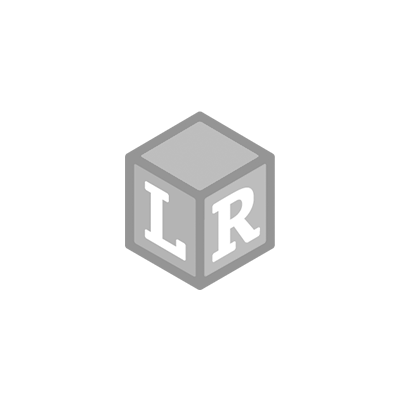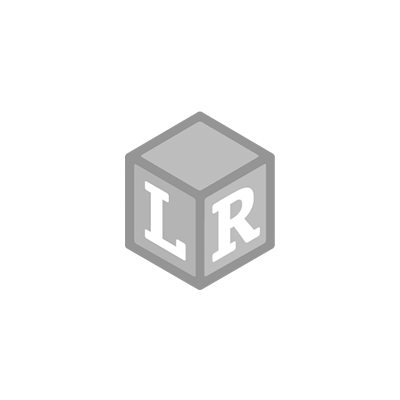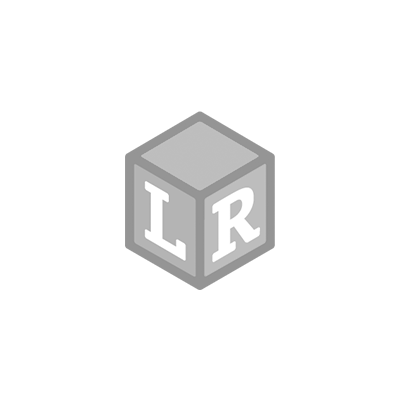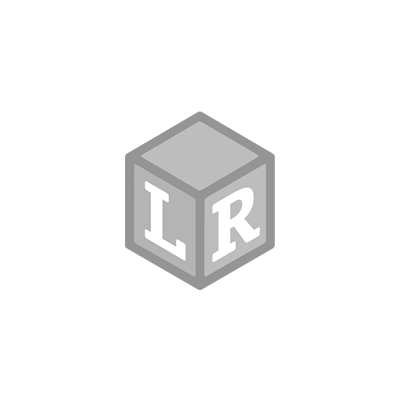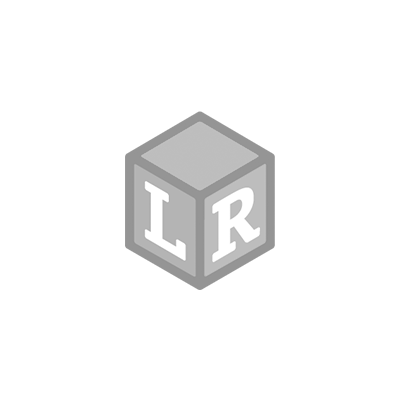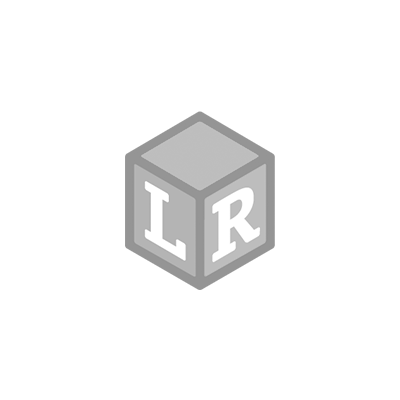Summer means school is out (for most of us). That makes it easy for the summer slide to happen. Summer learning loss where students lose academic skills over the summer break is a real issue. We can help prevent the summer slide by encouraging learning throughout the summer. Continue to read to our kids and encourage them to read as well. Incorporate math into their day. Set up simple activities that will engage their minds and practice basic skills. The volume and measuring activities I'm sharing today are great examples to try. They are easy to set up, kids will have fun with them, and they will be learning, too.
Learning about volume
Volume is the amount of space an object takes up or surrounds. It can be a challenging topic for young children to understand. The activities below introduce the concept of volume and address some common misconceptions.
Which Has the Greater Volume?
Pose this question to your children to pique their interest: Which container has the greater volume? (In more kid-friendly terms, you might ask: Which container can hold more water?)
What you'll need:
The Primary Science Mix and Measure set is perfect for this activity. Grab the following items from the set (or something similar).
- Tall 2-cup measuring cup
- Short 2-cup measuring cup
- Bowl
- Other measuring cups and spoons
- Water
For this activity, we're comparing the volume of the two 2-cup measuring cups. Ask your child: which container has the greater volume - the tall one or the short one? A common misconception among young children is that that a taller container will have a greater volume than a shorter container. They only consider one dimension (the height).
Let's design a way to find out which one holds more water. Ask your child to think of a solution. How can we test this?
Solution 1: Fill the tall container with water. Use the 1-cup measuring cup to determine how much water it holds. Repeat with the short container. How many cups of water does it hold? Both containers hold the same amount of water (2 cups).
Solution 2: Fill the tall container with water. Pour the water from the tall container into the short container. Does the short container overflow? (Then, the tall container holds more.) Does the short container have more room for water? (Then, the short container holds more.) In our case, the two containers are equal. They hold the same amount of water.
My very observant soon to be second grader noticed the numbers on the containers. I asked him which container had the greater volume and he immediately said the tall container. I asked him why and he said because it is taller. I asked him how we could test his answer. That's when he noticed the numbers. He said they both are 2 and the the bowl is 4, so they both hold the same amount and the bowl holds more. I told him that was a good observation, but we still needed to test it to see if he's correct. He came up with solution 2 above.
In our investigation above, both containers had the same volume. They held the same amount of space. Even after seeing that both containers hold the same amount, some children will still maintain the taller container holds more. It may take measuring the water a few times before they get it.
Repeat this investigation with other containers – larger bowls, smaller bowls, etc. Have your child predict if the new containers will hold more or less water than the 2-cup containers.
Make predictions with different containers
Pose another challenge using the measuring cups in the Primary Science Mix and Measure set. How many of one measuring cup will fit into another? Have your children predict how many half cups will fit into 1 cup and how many quarter cups will fit into a half cup. This is a good math review for fractions or just a cool way to practice counting and measuring.
You can also make predictions using other shaped containers. We had fun using the Primary Science Jumbo Test Tubes. These test tubes come in a set of 6 with a stand. They have lines on the test tubes, so it's great for measuring practice as well. I asked my son to predict the volume up to one line of the test tube. I asked, "How many measuring cups or tablespoons will it take to fill the test tube up to the first line?" My son predicted the 1/4 cup measuring cup would reach the first line. He tested it out. That was too much, so he tried again. This time with the tablespoon.
Find containers that are of similar sizes and predict which one holds more. I found a sprinkles container that was about the same size as the test tubes. We love using containers like these as a part of our simple science lab. After pouring the water from a test tube into the sprinkles container, we found the sprinkles container still had room for more. This meant it had the greater volume.
Remember it's all about having fun while adding in some learning opportunities. That's how we'll stop summer brain drain!



 Shop UK Site
Shop UK Site 
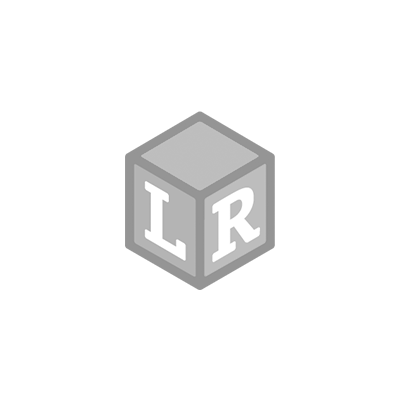

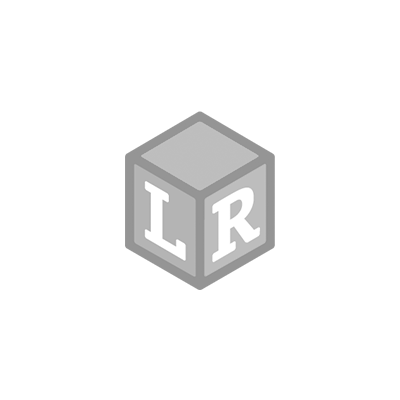

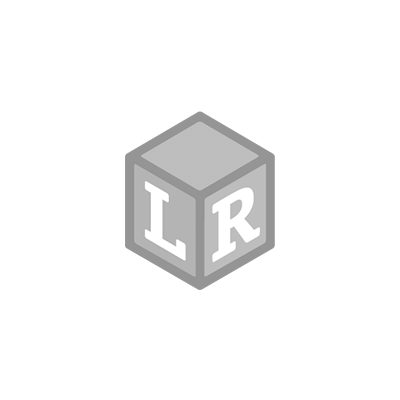
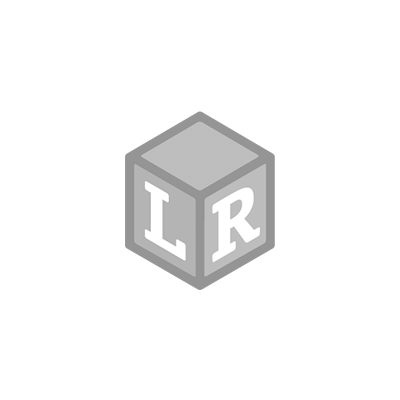

 The question to ask your scientist as you create: What representations of matter will we see as we make (and eat) the popsicles? What’s the matter?Combine 1/3 cup sugar and the dry lime gelatin in a bowl.What’s the matter? Solid!Add 1 cup boing water and 1 cup boiling water and stir two minutes.What’s the matter? Liquid AND gas from the steam!
The question to ask your scientist as you create: What representations of matter will we see as we make (and eat) the popsicles? What’s the matter?Combine 1/3 cup sugar and the dry lime gelatin in a bowl.What’s the matter? Solid!Add 1 cup boing water and 1 cup boiling water and stir two minutes.What’s the matter? Liquid AND gas from the steam! Fill a measuring cup with ½ cup cold water and add ice cubes until it reads ¾ of a cup. Add to the lime gelatin and stir until the ice is completely melted.What’s the matter? Liquid only! Gas is gone when the mixture cools down!Put the gelatin in the freezer for 20-30 minutes. Keep on eye on it. You will want a jelly-like consistency.Repeat the same process with the strawberry (or watermelon) gelatin, but don’t put the freezer just yet.
Fill a measuring cup with ½ cup cold water and add ice cubes until it reads ¾ of a cup. Add to the lime gelatin and stir until the ice is completely melted.What’s the matter? Liquid only! Gas is gone when the mixture cools down!Put the gelatin in the freezer for 20-30 minutes. Keep on eye on it. You will want a jelly-like consistency.Repeat the same process with the strawberry (or watermelon) gelatin, but don’t put the freezer just yet. Pour your red gelatin into the popsicle molds or paper cups. Now put in the freezer for 20 minutes only.
Pour your red gelatin into the popsicle molds or paper cups. Now put in the freezer for 20 minutes only. While your “watermelon” part of your popsicles are stiffening up, begin to make your “rind” by beating the cream cheese and remaining sugar with an electric mixer. Stir in the Cool Whip.
While your “watermelon” part of your popsicles are stiffening up, begin to make your “rind” by beating the cream cheese and remaining sugar with an electric mixer. Stir in the Cool Whip. What’s the matter? Tough one since it’s so fluffy, but definitely solid!
What’s the matter? Tough one since it’s so fluffy, but definitely solid! Pull your popsicle molds out of the freezer and grab your chocolate chip “seeds”. Push the chips down the red gelatin using the toothpick or skewer.
Pull your popsicle molds out of the freezer and grab your chocolate chip “seeds”. Push the chips down the red gelatin using the toothpick or skewer. What’s the matter? Gelatin…another tough one. A liquid that quickly became a semi-solid!Next, scoop your cream cheese mixture on top, followed by the lime gelatin.
What’s the matter? Gelatin…another tough one. A liquid that quickly became a semi-solid!Next, scoop your cream cheese mixture on top, followed by the lime gelatin. Keep in the freezer overnight.
Keep in the freezer overnight. Pull out this yummy cold treat on a hot day and discuss what is scientifically happening to the popsicle in the heat.What’s the matter? Steam comes off the cold popsicle when it hits the hot air, then turns to a liquid (unless you eat fast!).Enjoy!
Pull out this yummy cold treat on a hot day and discuss what is scientifically happening to the popsicle in the heat.What’s the matter? Steam comes off the cold popsicle when it hits the hot air, then turns to a liquid (unless you eat fast!).Enjoy! Recipe source: kraftrecipes.com
Recipe source: kraftrecipes.com 





